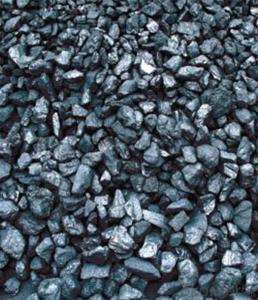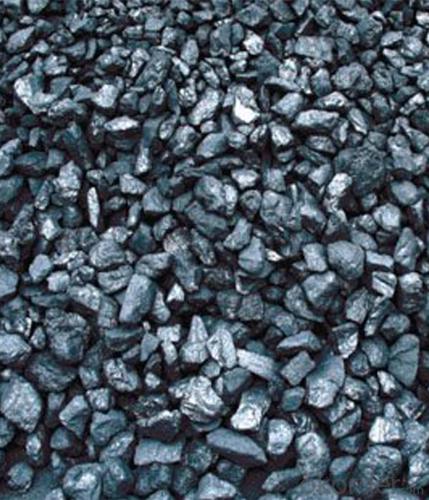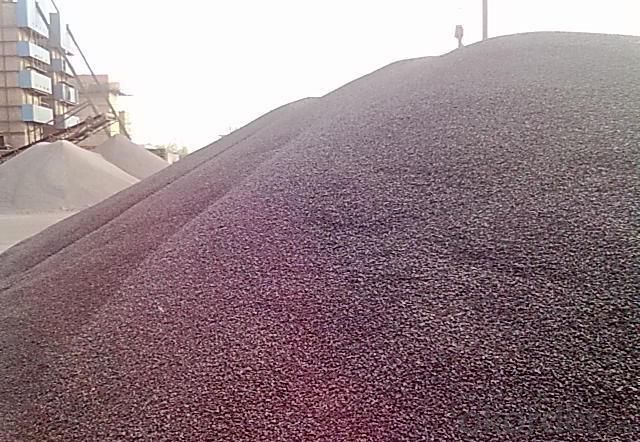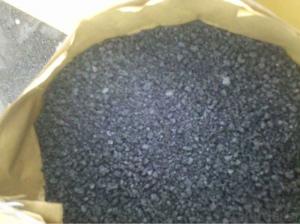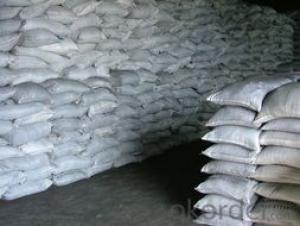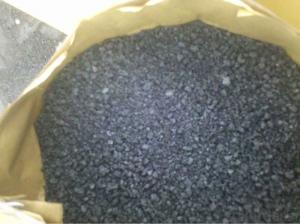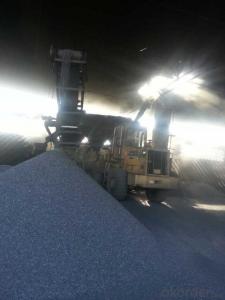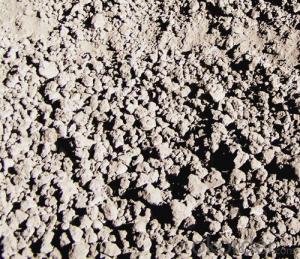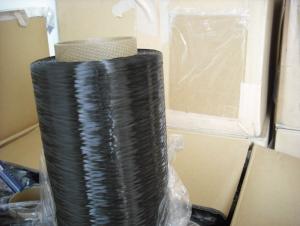FC95 Gas Calcined Anthracite CNBM China
- Loading Port:
- Tianjin
- Payment Terms:
- TT OR LC
- Min Order Qty:
- 0 m.t.
- Supply Capability:
- 100000 m.t./month
OKorder Service Pledge
OKorder Financial Service
You Might Also Like
Feature
All of our goods are made in the best quality of world famous Tianjin. All of our products are with High carbon, Low ash, low sulphur, Low Moisture.
Packaging & Delivery
Packaging Detail: | 25kgs/50kgs/1ton per bag or as buyer's request |
Delivery Detail: | Within 20 days after receiving corect L/C |
Usage
The Calcined Anthracite Coal/Gas Calcined Anthracite Coal/Carbon Raiser is mainly used in steelmaking in electrical stove, screening water, shipbuilding sandblast to remove rust. It can reduce the cost of steelmaking effectively by replacing the traditional petroleum coke of carburant.Also can improve the Carbon content in steel-melting and Ductile iron foundry.
Specifications
Calcined Anthracite
Fixed carbon: 90%-95%
S: 0.5% max
Size: 0-3. 3-5.3-15 or as request
PARAMETER UNIT GUARANTEE VALUE | |||||
F.C.% | 95MIN | 94MIN | 93MIN | 92MIN | 90MIN |
ASH % | 4MAX | 5MAX | 6MAX | 7MAX | 8MAX |
V.M.% | 1 MAX | 1MAX | 1.5MAX | 1.5MAX | 1.5MAX |
SULFUR % | 0.5MAX | 0.5MAX | 0.5MAX | 0.5MAX | 0.5MAX |
MOISTURE % | 0.5MAX | 0.5MAX | 0.5MAX | 0.5MAX | 0.5MAX |
Size can be adjusted based on buyer's request.
Picture
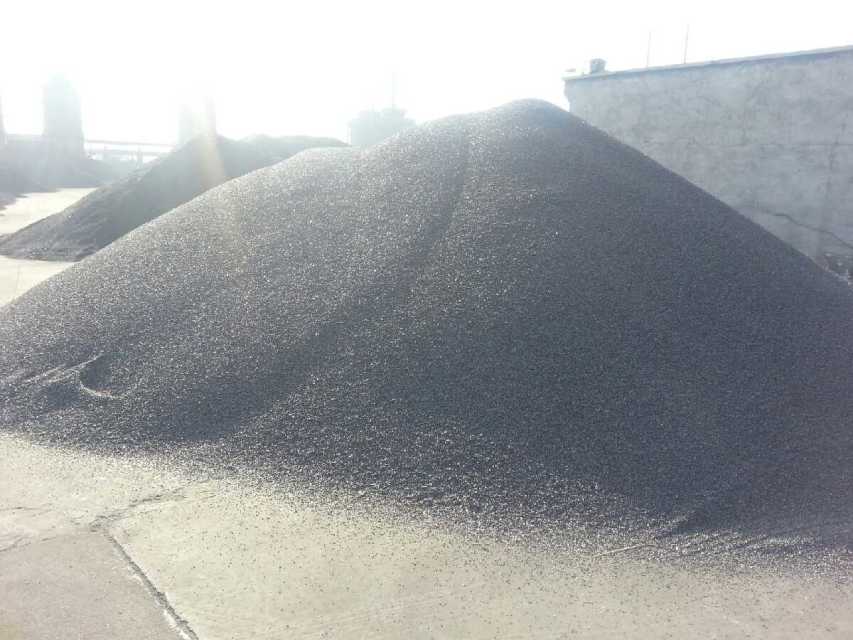
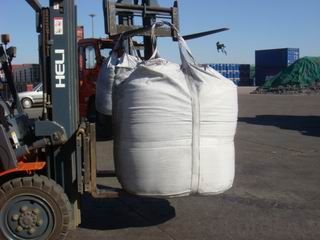
- Q: How does carbon impact the availability of clean water resources?
- Carbon impacts the availability of clean water resources in several ways. Firstly, the burning of fossil fuels releases carbon dioxide (CO2) into the atmosphere, contributing to climate change. This leads to rising global temperatures, which in turn affect the water cycle. Increased evaporation rates and altered precipitation patterns can result in droughts or excessive rainfall, both of which can disrupt the availability and quality of clean water sources. Additionally, carbon emissions contribute to ocean acidification, which harms marine ecosystems and disrupts the delicate balance of marine biodiversity, ultimately affecting the quality and availability of freshwater resources.
- Q: How does carbon affect the formation of air pollution in urban areas?
- Carbon, in the form of carbon dioxide (CO2) and carbon monoxide (CO), plays a significant role in the formation of air pollution in urban areas. Urban areas are characterized by high population density and intense human activities, leading to increased emissions of carbon-based pollutants. The combustion of fossil fuels such as coal, oil, and natural gas releases carbon dioxide into the atmosphere. This greenhouse gas is a major contributor to global warming and climate change. In urban areas, the burning of fossil fuels for energy production, transportation, and heating purposes releases large amounts of carbon dioxide. The accumulation of CO2 in the atmosphere traps heat, leading to the urban heat island effect, which exacerbates air pollution problems. Another carbon-based pollutant, carbon monoxide, is primarily emitted from vehicle exhausts and industrial processes. In urban areas with high traffic congestion, carbon monoxide levels tend to be elevated. This gas is particularly harmful as it reduces the blood's ability to carry oxygen, leading to various health issues, particularly for those with pre-existing respiratory conditions. Furthermore, the presence of carbon in urban areas enhances the formation of secondary air pollutants such as ozone and particulate matter. Carbon reacts with other pollutants, such as nitrogen oxides (NOx) and volatile organic compounds (VOCs), in the presence of sunlight to form ground-level ozone. Ozone is a harmful gas that causes respiratory problems and damages vegetation. Additionally, carbon-based pollutants contribute to the formation of fine particulate matter (PM2.5) in urban areas. These particles are small enough to be inhaled deep into the lungs, causing respiratory and cardiovascular problems. Particulate matter is also responsible for reduced visibility, smog formation, and the deposition of harmful substances onto surfaces. To mitigate air pollution in urban areas, reducing carbon emissions is crucial. This can be achieved through various strategies, including promoting the use of clean energy sources, implementing stricter emission standards for vehicles and industries, and encouraging sustainable transportation options such as public transit and cycling. By addressing carbon emissions, we can effectively reduce air pollution and improve the overall air quality in urban areas, leading to healthier and more sustainable cities.
- Q: What is electrical carbon?
- Different uses have different varieties, according to the use of electric carbon varieties can be divided into:(1) sliding contact carbon brushes and carbon sliders for all kinds of motor brushes.(2) various carbon and graphite contacts used in high power switches, relays, etc..(3) with various carbon arc lighting, carbon arc gouging, spectral analysis and arc furnace.(4) all kinds of high purity graphite electrodes, insulation and supporting elements for electric vacuum devices.(5) various electrodes used in dry cells and electrolytic cells.(6) the resistance effect of carbon. Made of various resistance, post, communication with the microphone carbon sand, resistance heating elements etc..
- Q: What are the effects of carbon emissions on the stability of wetlands?
- The stability of wetlands is significantly impacted by carbon emissions. One of the main consequences is the disruption of the hydrological cycle, which can disturb the delicate balance of water levels in wetland ecosystems. The increased release of carbon emissions contributes to climate change and global warming, resulting in higher temperatures and changed patterns of precipitation. These alterations can lead to more frequent and severe droughts, floods, and storms, negatively affecting the stability of wetlands. Moreover, elevated levels of carbon dioxide also influence the vegetation in wetlands. Excess carbon dioxide can stimulate the growth of specific plant species, causing an imbalance in the wetland ecosystem. This imbalance can lead to the dominance of invasive species, which outcompete native plants and disrupt the natural biodiversity of the wetland. Consequently, the stability of the wetland is impacted as it relies on a diverse range of plant species to support the intricate web of life within it. Additionally, carbon emissions contribute to the acidification of water bodies, including wetlands. Increased carbon dioxide dissolves in water, forming carbonic acid, which lowers the pH of the water. Acidic conditions can be harmful to the survival of many wetland species, including plants, amphibians, fish, and invertebrates. The acidification of water can also result in the release of toxic metals and other pollutants from surrounding soils, further compromising the stability and health of wetland ecosystems. Lastly, carbon emissions contribute to the rise of sea levels due to the melting of polar ice caps and expansion of ocean waters. This poses a significant threat to coastal wetlands, which are particularly vulnerable to sea-level rise. As sea levels increase, there is a risk of saltwater intrusion, leading to the degradation and loss of freshwater wetlands. This loss can cause the displacement or extinction of numerous plant and animal species that depend on these ecosystems, ultimately destabilizing the wetland. In conclusion, the stability of wetlands is profoundly impacted by carbon emissions. From the disruption of the hydrological cycle and alteration of vegetation composition to the acidification of water and sea-level rise, these emissions pose a significant threat to the health and integrity of wetland ecosystems. It is essential to reduce carbon emissions and implement measures to protect and restore wetlands to ensure their stability and preserve the invaluable services they provide.
- Q: What are the benefits of carbon-neutral technologies?
- Carbon-neutral technologies have numerous benefits, including the reduction of greenhouse gas emissions, mitigating climate change, and improving air quality. They also promote energy efficiency, stimulate innovation and job creation in the clean energy sector, and enhance energy security by reducing reliance on fossil fuels. Furthermore, carbon-neutral technologies contribute to sustainable development, foster international cooperation, and create a healthier and more sustainable future for all.
- Q: What is carbon neutral agriculture?
- Carbon neutral agriculture refers to farming practices that aim to balance out the amount of carbon dioxide released into the atmosphere with the amount removed or offset. It involves implementing sustainable techniques such as reducing greenhouse gas emissions, promoting carbon sequestration in soils, and utilizing renewable energy sources. The goal is to achieve a net-zero carbon footprint in agricultural activities, contributing to mitigating climate change impacts while ensuring food production and environmental sustainability.
- Q: How does carbon affect the quality of soil?
- Carbon plays a crucial role in improving the quality of soil. It enhances soil fertility by serving as a food source for beneficial microbes and earthworms, which aid in breaking down organic matter and releasing essential nutrients. Additionally, carbon improves soil structure and water-holding capacity, promoting better root growth and reducing erosion. Overall, the presence of carbon in soil is vital for its health and productivity.
- Q: What do you mean by carbon fiber for 1K, 3K, 6K and 12K?
- Upstairs copy so much, people watching tired not tired.1K, 3K, 6K, 12K refers to the carbon fiber yarn containing the number of filaments, K is unit (thousand), 1K is 1000 followed, 3K is 3000, and so on, and so on!
- Q: How is carbon used in the production of cosmetics?
- Cosmetics utilize carbon in diverse ways during their production. A prevalent application of carbon in cosmetics involves its use as a coloring agent. Carbon black, a specific form of carbon, imparts a deep black hue to numerous cosmetic products such as eyeliners, mascaras, and eyeshadows. Nail polishes and lipsticks also incorporate carbon as a colorant. Furthermore, carbon finds application in the creation of activated charcoal, which has gained popularity due to its detoxifying properties. Derived from carbon, activated charcoal features prominently in skincare products like face masks, cleansers, and scrubs. Its ability to absorb excess oil and impurities from the skin makes it a favored ingredient for products targeting oily and acne-prone skin. Moreover, carbon contributes to the manufacturing of exfoliating products. Tiny particles known as microbeads, utilized in facial scrubs and body washes to eliminate dead skin cells, can be crafted from carbon. These microbeads gently exfoliate the skin, leaving it rejuvenated and smooth. Additionally, carbon plays a role in the production of certain cosmetic base materials. Emollients, crucial substances that moisturize and soften the skin, rely on carbon as an essential component. Creams, lotions, and lip balms commonly contain emollients, which enhance their hydrating properties. To summarize, carbon assumes a vital role in cosmetic production. Its versatility as an ingredient contributes to the aesthetics and functionality of various cosmetic formulations, ranging from providing color to enhancing the efficacy of skincare products.
- Q: How does carbon impact the global water cycle?
- The global water cycle can be significantly influenced by carbon through various mechanisms. One major way in which carbon affects the water cycle is through the process of photosynthesis. During photosynthesis, plants and trees absorb carbon dioxide from the atmosphere and convert it into oxygen and glucose. This not only contributes to the carbon cycle but also plays a vital role in the water cycle. When plants undergo photosynthesis, they release water vapor into the atmosphere via small pores called stomata. This water vapor contributes to the overall humidity in the atmosphere, leading to increased cloud formation. Clouds, in turn, play a critical part in the water cycle as they contain condensed water droplets that eventually precipitate. Furthermore, carbon dioxide is a greenhouse gas that contributes to global warming and climate change. As the Earth's temperature rises due to increased levels of carbon dioxide, it has an impact on the water cycle as well. Warmer temperatures can result in higher rates of evaporation, leading to more water evaporating from oceans, rivers, and lakes. This excess moisture in the atmosphere can lead to more intense rainfall events, causing floods and other extreme weather phenomena. Moreover, carbon dioxide can affect the acidity of water bodies. When carbon dioxide dissolves in water, it forms carbonic acid, which can lower the pH of the water. This process, known as ocean acidification, can have detrimental effects on marine life, especially organisms that rely on calcium carbonate for their shells and skeletons. These impacts can disrupt ecosystems' balance and have long-term consequences for the health and functioning of the global water cycle. To summarize, carbon exerts a profound influence on the global water cycle through processes like photosynthesis, greenhouse gas emissions, and ocean acidification. Understanding these interactions is vital for managing the environmental effects of carbon and ensuring the sustainability of the water cycle.
Send your message to us
FC95 Gas Calcined Anthracite CNBM China
- Loading Port:
- Tianjin
- Payment Terms:
- TT OR LC
- Min Order Qty:
- 0 m.t.
- Supply Capability:
- 100000 m.t./month
OKorder Service Pledge
OKorder Financial Service
Similar products
Hot products
Hot Searches
